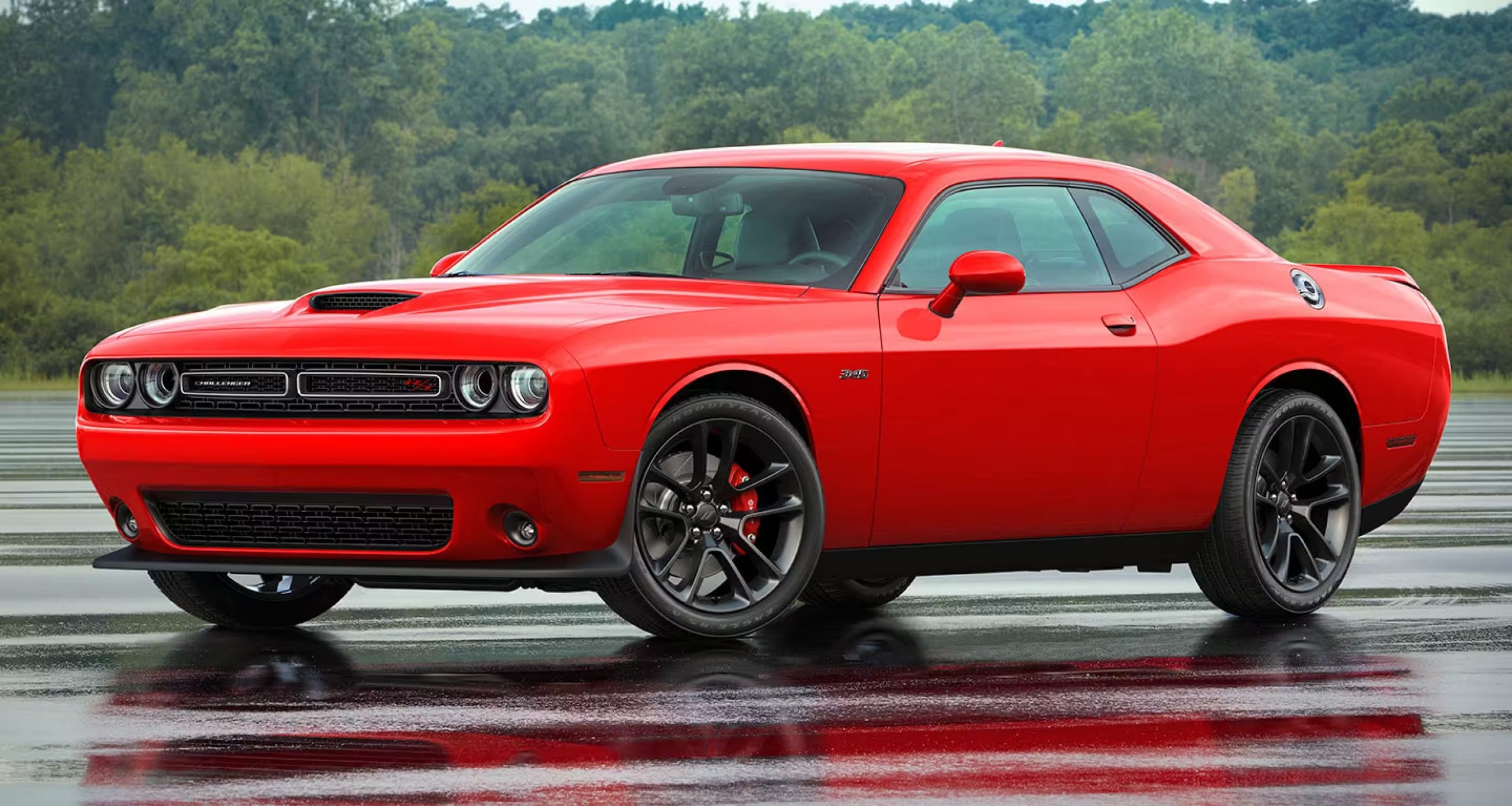The Dodge Challenger, a name synonymous with American muscle, has captured the hearts of car enthusiasts since its reintroduction in 2008. With its bold design, roaring engines, and nostalgic appeal, it’s no wonder that this beast on wheels is adored by many. However, like any vehicle, the Challenger is not without its quirks and issues. In this article, we’ll dive into some of the key problems that owners and potential buyers should be aware of, and how to navigate them like a seasoned driver on an open highway.
Common Dodge Challenger Issues
While the Dodge Challenger is celebrated for its performance and styling, it is important to be aware of certain recurring issues that can arise. Here’s a closer look:
- Transmission Troubles: One of the most frequently reported issues involves the automatic transmission. Some drivers have experienced rough shifting or hesitation when accelerating. This can be particularly evident in models equipped with the TorqueFlite 8-speed automatic transmission. Regular maintenance and software updates can alleviate some of these concerns.
- Electrical Glitches: Owners have reported various electrical problems, including malfunctioning infotainment systems and erratic dashboard readings. Such issues can often stem from faulty wiring or software bugs. Keeping the vehicle’s software updated can help mitigate these glitches.
- Brake Problems: A concerning number of Challenger owners have voiced their experiences with premature brake wear. This can lead to squeaking noises, decreased braking efficiency, and even warped rotors. Regular inspections and timely replacements can extend the life of the braking system.
- Suspension and Steering Issues: Some Challengers have faced problems with the suspension system, particularly with the control arms and struts. This can affect handling and ride comfort. It’s advisable for owners to frequently check suspension components, especially if they notice unusual noises or vibrations.
- Hemi Engine Concerns: The iconic Hemi V8 engines are powerful, but some models have reported issues with oil consumption and engine knocking. Regular oil changes and proper maintenance can help preserve engine health.
Year-Specific Issues
Like any vehicle, certain model years of the Dodge Challenger may have unique problems. Here’s a breakdown of a few notable years and their specific issues:
2008-2010: Early Model Concerns
The earliest models had a few hiccups, particularly with the interior build quality and some minor electronic issues. Owners often noted that the materials used for the interior were not up to par with the muscle car’s performance credentials.
2011-2014: Transmission Updates
These model years saw improvements in transmission performance, but issues with the key fob and ignition system became more prevalent. Many drivers reported difficulties in starting their vehicles, often attributed to key fob malfunctions.
2015-2020: Infotainment Woes
The introduction of the Uconnect infotainment system brought advanced features but also a myriad of bugs. Connectivity issues and software crashes were common complaints among users, necessitating frequent software updates.
2021-Present: The New Age
With the latest models, Dodge has focused on performance enhancements, but some have raised concerns about the reliability of the new tech features. Adaptive cruise control and lane-keeping assist have received mixed reviews, with some users finding them overly sensitive or prone to malfunction.
Preventive Measures
While knowing about the issues is essential, being proactive is key to enjoying your Dodge Challenger without hitches. Here are some preventive measures:
- Regular Maintenance: Adhering to a strict maintenance schedule is crucial. Regular oil changes, transmission fluid checks, and brake inspections can save you from significant issues down the line.
- Stay Updated: Keeping your Dodge Challenger’s software and firmware current can help avoid many electronic glitches. Manufacturers often release updates that improve system stability and performance.
- Join Community Forums: Engaging with fellow Challenger owners through online forums can provide valuable insights and tips. Sharing experiences can lead to discovering solutions to common problems.
- Consider Extended Warranties: If you’re purchasing a used Challenger, consider an extended warranty. This can provide peace of mind and financial protection against potential issues.
The Dodge Challenger is a powerful and stylish car that offers an exhilarating driving experience. However, like any seasoned muscle car, it comes with its own set of challenges. By staying informed about common issues and being proactive in maintenance, you can ensure that your Challenger remains a reliable companion on the open road. Whether you’re a prospective buyer or a long-time owner, understanding these nuances will help you enjoy every mile you drive in this iconic vehicle.
So buckle up, keep your eyes on the road, and enjoy the ride—after all, the Dodge Challenger is not just a car; it’s a piece of American history!

